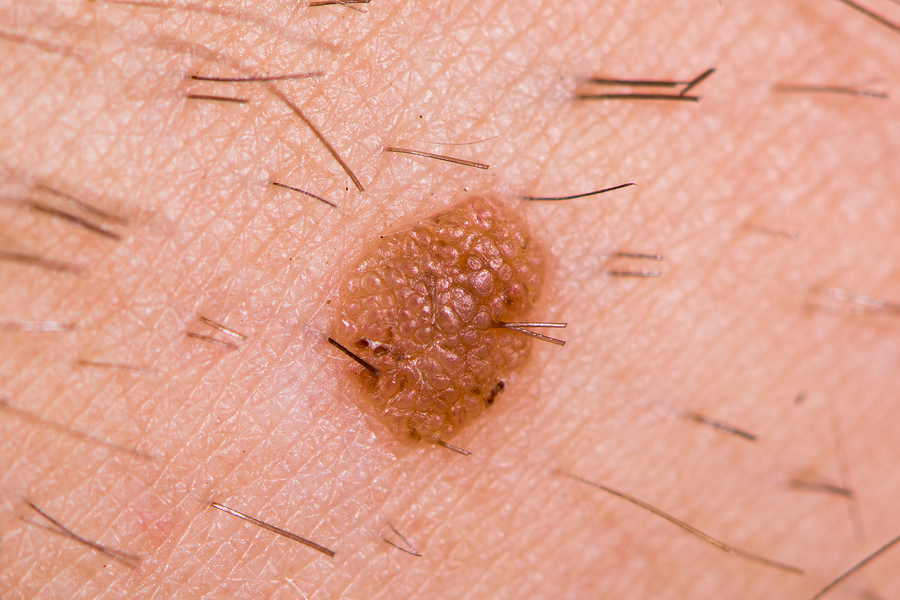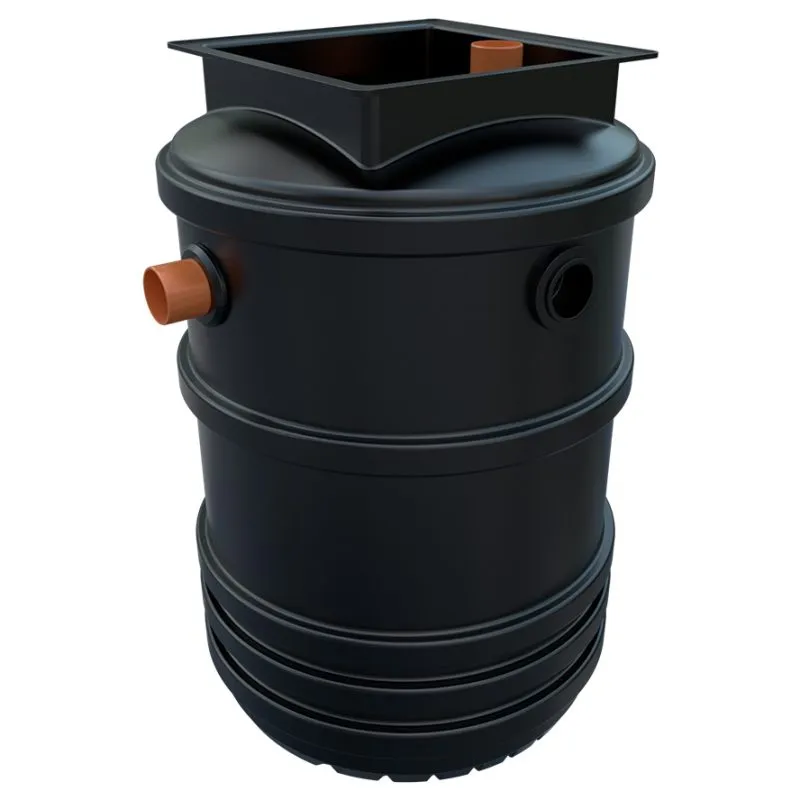Artemis booster explosion: NASA, Northrop Grumman investigate unexpected results during rocket test
The Brief
NASA and Northrop Grumman completed an Artemis SLS rocket booster test flight in Utah.
During the static fire test, there were some unexpected explosions.
Space experts say this will likely not affect Artemis II, but engineers need to understand what triggered the explosions for future flights.
ORLANDO, Fla. - Officials are investigating an unexpected explosion that occurred during a solid rocket booster test in Utah last week, raising questions about a key component of the Artemis moon missions.
What we know
NASA and Northrop Grumman completed the booster test in Promontory, Utah last week. It lasted around two minutes. Just after 100 seconds, the NASA livestream showed a few explosions on the livestream.
The engineers calling out cues during the test expressed some shock during the static fire but continued with the test. The booster eventually ran out of fuel, and the test wrapped up without incident.
CLICK TO DOWNLOAD THE FOX LOCAL APP
This booster is proven technology that has taken astronauts to the moon since the Shuttle Era, but NASA is upgrading the boosters for further deep space missions. Space experts say that could have caused the anomaly. An investigation into what went wrong is underway.
What we don't know
It’s unclear how long it will take teams to pinpoint what caused the explosions and if this could delay any future Artemis missions.
What they're saying
A space expert says it looked like the unexpected explosion happened near the nose cone of the booster.
"It does appear that the fire initiated somewhere around that nozzle, so it’s quite likely there was some sort of an issue there with this new configuration," said Florida Tech space professor Don Platt.
Northrop Grumman released a statement acknowledging the anomaly the team is investigating.
SIGN-UP FOR FOX 35'S BREAKING NEWS, DAILY NEWS NEWSLETTERS
"While the motor appeared to perform well through the most harsh environments of the test, we observed an anomaly near the end of the two-plus-minute burn. As a new design, and the largest segmented solid rocket booster ever built, this test provides us with valuable data to iterate our design for future developments," said Jim Kalberer, who’s the vice president of propulsion systems for Northrop Grumman.
The Source
FOX 35's Reporter Esther Bower watched the NASA livestream where the explosion happened. She also read a statement from Northrop Grumman following the booster test. She interviewed a space expert via zoom on June 30, 2025.













